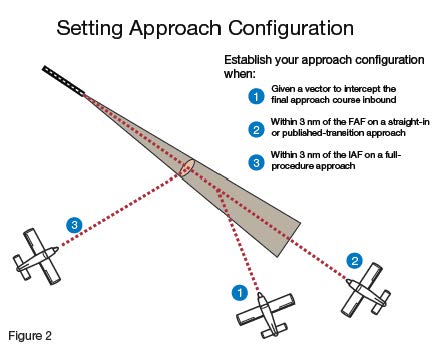

For example, if an aircraft stalls at 50 kcas at 2440 lb, it will stall somewhere around 46 kcas at 2000 lb. Roughly speaking, most V speeds will vary proportionally to the square root of the aircraft’s weight. Shifting the CG has only a tiny effect on V speeds (typically a knot or two), but the other factors can play big.

Most of the V speeds apply only when the aircraft is being flown straight and level in coordinated flight at maximum gross weight with the centre of gravity (CG) somewhere in the middle of its allowed range. Gotcha #2: weight, balance, and wing loading It’s easy to notice that these errors tend to work in the aircraft manufacturer’s favour - who doesn’t want a plane that lands slower but cruises faster? There may be other engineering reasons not to mess with the airspeed indicator, but it does not look like it would be difficult to design an ASI that shows something closer to the actual calibrated airspeed, at least with the flaps up.

at higher speeds, indicated airspeed is almost always faster than the real, calibrated airspeed for example, the Cessna 172p cruises at about 111 kias at 75% power (120 ktas at 8,000 ft), but that’s actually more like 108 kcas.at lower speeds, indicated airspeed is almost always slower than the real, calibrated airspeed for example, the Cessna 172p has a Vs (stall, clean) of 44 kias, but that’s actually more like 51 or 52 kcas - the plane’s not actually landing as slowly as you think it is, though the performance tables in the POH take that into account.With the flaps up in the middle speed range, usually around Vy, indicated and calibrated airspeed are about the same however, under other circumstances, it gives a distorted picture of how fast you’re actually going: All of the V speeds are given as indicated airspeed, so that the pilot can read them straight off the airspeed indicator. The first gotcha isn’t usually too serious, but it’s worth keeping in mind when comparing different aircraft, and it becomes critically important for gotcha #2. Simply memorizing isn’t always enough, however, because of a couple of gotchas. For example, my Warrior stallsĪt 44 kias dirty (Vso) and 50 kias clean (Vs), best angle of climb (Vx) is 63 kias, best rate of climb (Vy) is 79 kias, and so on. V speeds are the critical performance speeds of an aircraft - while some of them are illustrated on the face of the airspeed indicator using lines and bands of different colours, a pilot is usually expected to be able to cite them from memory for each aircraft she flies, off by heart, backwards, while standing on her head drinking a glass of water. ( kias: knots indicated airspeed kcas: knots calibrated airspeed ktas knots true airspeed)


 0 kommentar(er)
0 kommentar(er)
